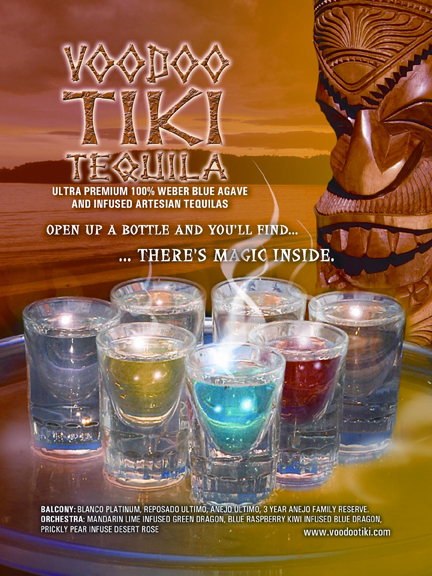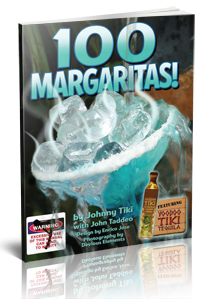Do You Know Why is it Called Tequila?
 What is the origin of the name of Mexico’s most well-known drink? Just like the historical past of the margarita, and the mystical properties and reaction to the tequila itself, the answer is unquestionably clouded in mystery.
What is the origin of the name of Mexico’s most well-known drink? Just like the historical past of the margarita, and the mystical properties and reaction to the tequila itself, the answer is unquestionably clouded in mystery.
One record has the word tequila believed to derive from the indigenous group of ticuilas who some time past lived near the hillside of a volcano of the same name positioned close to the city of Tequila. The dead volcano Tetilla is located in the town of Tequila, nevertheless the name of the volcano predates the name of the town. Tequila, before it attained it’s widely recognized name was just a simple Pre-Hispanic town, located 34 miles northeast of Guadalajara. Currently it has a population of 30,000. The prominent hill of Tequila, the extinct volcano, is still known as the “Tetilla.” It has a height of three thousand meters.
Several belief patterns link the origin to the Nahautl language, though diverge from that point since there are three diverse translations of the tongue. Many enthusiasts maintain tequila comes from the ancient Nahautl translated to “the rock that cuts.” One group, cites the phrase to have the interpretation to be “The place of harvesting plants”. Yet other subscribers to the lost vocabulary principles have an additional possible language translation. They believe it implies “work” or “employment”, and the portion “Tlan”, means “Place”. Hence, tequila could translate to “Place in which labor or work is done”. So while there is popular opinion on the label originating from a lost language amongst these followers, the interpretation is still clouded in mystery.
Certainly many individuals are convinced the name of the liquor was extracted from the name of the town of Tequila in which it is created. Tequila’s namesake town is within the state of Jalisco where all manufacturing of tequila occurs. But there is disagreement in whether the name of the town predates the name of the spirit. The eldest, the Tequila-Amatitán vicinity that contains the Amatitán village, developed at the end of the seventeenth century. The 2nd district, the Jalisco Highlands, showed up in the last decade of the 19th century. The first tequila production process with a professional intent was started within the city of Tequila around the end of the Eighteenth century. The chief end users were in the mining zones found in the state of Jalisco. Almost all of Tequila’s thirty-five thousand inhabitants work in the distilleries, on the agave farms, or in the rising amount of tourist stores encouraging the industry. Tequila’s reliance on tequila production and trade extends back to the Spanish conquest.
In the deficiency of more significant specifics, the greater part of potential clients stand by tequila is given its name after the town of Tequila. Just like Cognac holds the name of the French town of its beginning. For most, the Town of Tequila has provided its title to Mexico’s most recognized spirit It has been claimed that the Tequila indigenous group of Amatitlan, Jalisco were the 1st to create the beverage we currently call Tequila.
In today’s times, the identity, “Tequila” is covered by the Mexican Law of Industrial Protection, and in compliance with the rulings released by the Ministry of Industry and Commerce, Tequila may only be made in 5 states of Mexico: Jalisco, Guanajuato, Nayarit, Tamaulipas and Michoacan.



